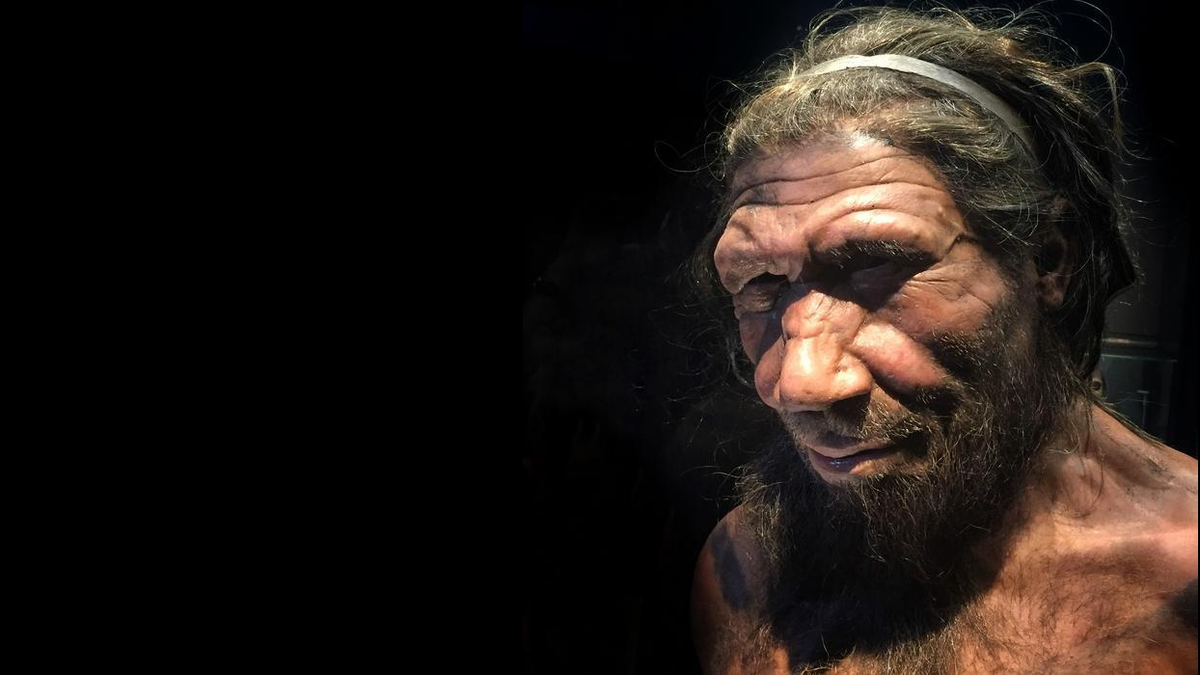
Live Science
AllSides gives Live Science a Center rating.
In July 2020, an AllSides editor conducted an independent review of Live Science and gave it a Center rating for its straightforward coverage of environmental and scientific topics. Note that a Center media bias rating does not necessarily mean a source is unbiased, neutral, perfectly reasonable, or credible. It simply means the source or writer rated does not predictably publish perspectives favoring either end of the political spectrum — conservative or liberal.
According to their website, Live Science breaks down the stories behind the most interesting news and photos on the Internet, while also digging up fascinating discoveries that hit on a broad range of fields, from dinosaurs and archaeology to wacky physics and astronomy to health and human behavior.
A new study of Neanderthal ear bones reveals that they went through a population bottleneck around 110,000 years ago. may have been headed toward their demise much earlier than experts previously thought, new research suggests. In the study, published online Feb. 20 in the journal , researchers discovered that around 110,000 years ago, our closest human relatives experienced a "population bottleneck" that decimated their genetic diversity. A occurs when there is a sudden reduction in genetic variation within a species. Bottlenecks in a species can be brought on by a...










